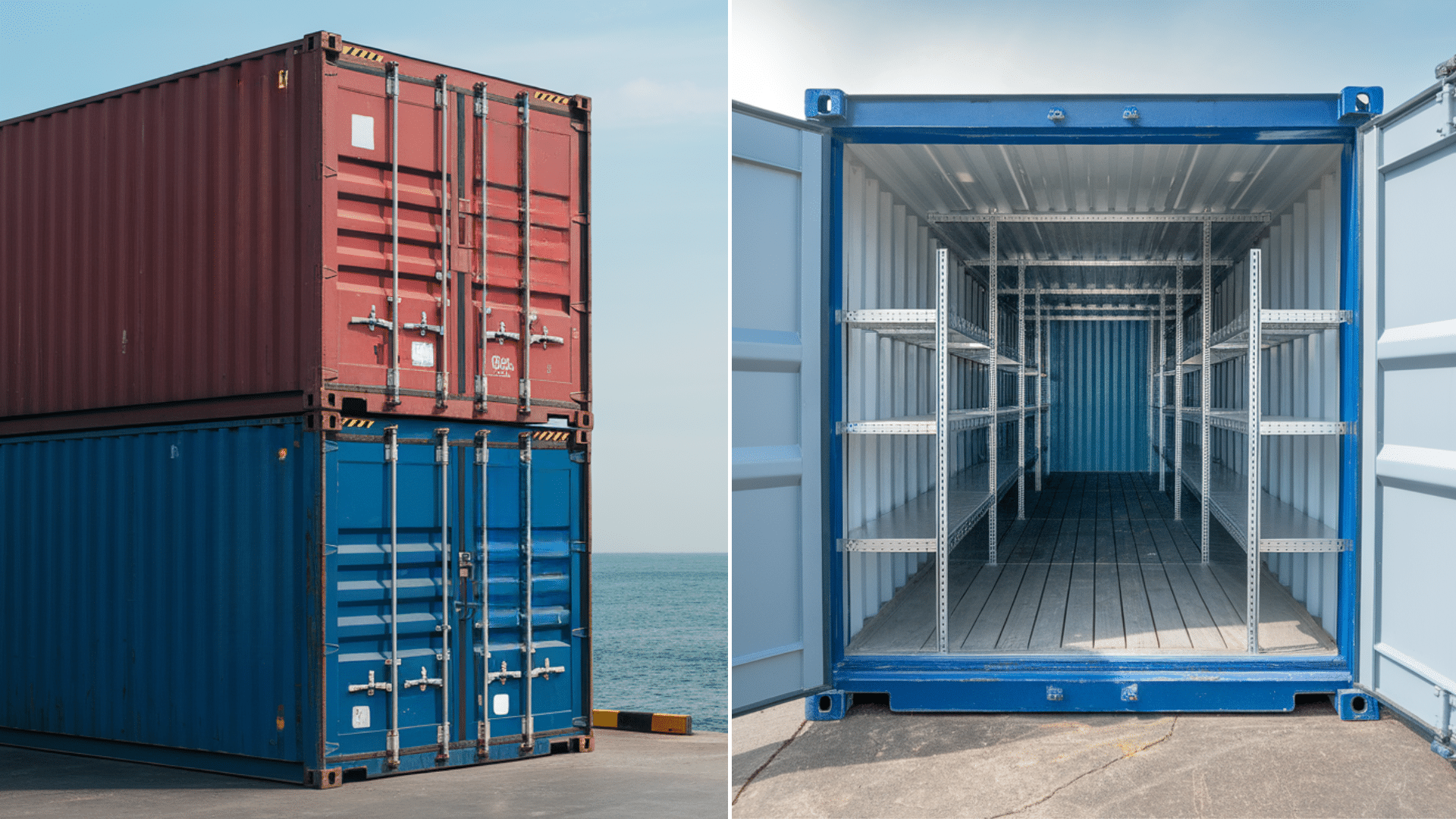When I first started learning about shipping containers, I kept running into the terms intermodal container and conex container.
At first, I thought they were two completely different things, but I quickly found out they’re closely related.
An intermodal container is the standard steel box used worldwide for moving goods by ship, train, and truck without unloading the cargo.
A conex container, on the other hand, is a term that started with the U.S. military and is now often used to describe storage or modified containers.
In this post, I’ll explain what each term really means, how they overlap, and the key differences so you can decide which option works best for your shipping or storage needs.
What is an Intermodal Container?
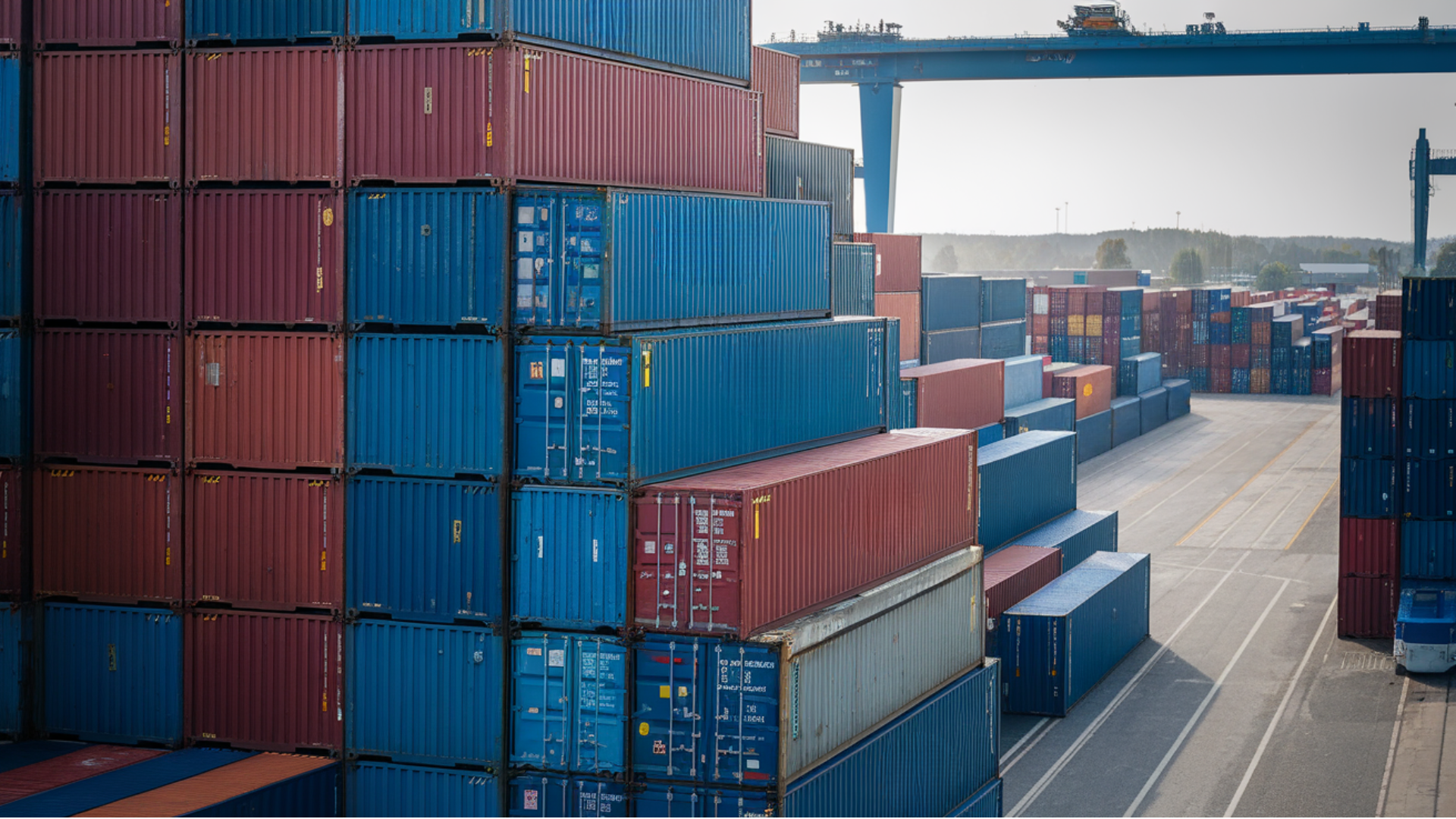
An intermodal container is a large, standardized steel box used to move goods across different types of transportation – ships, trains, and trucks – without unloading the cargo.
These containers are built to exact international standards, which means they can be stacked, locked in place, and easily transferred between vehicles.
The most common sizes are 20-foot and 40-foot, though high cube and 45-foot options are also widely used.
Because they are durable and uniform, intermodal containers make global shipping more efficient and cost-effective.
What is a Conex Container?
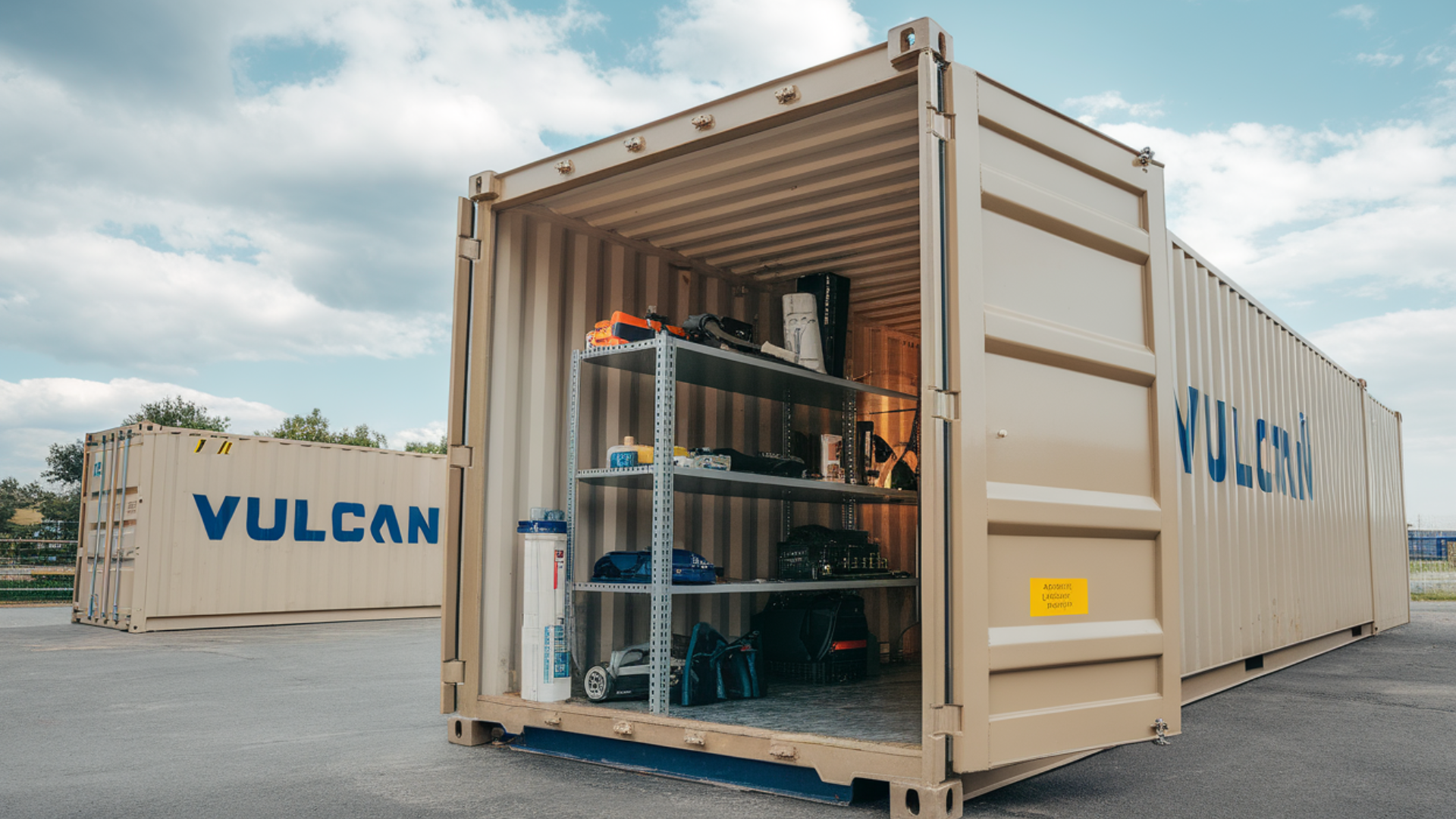
A conex container, short for “Container Express,” started as a U.S. military term during the Korean War to describe strong steel storage and shipping boxes.
Today, the word is often used in the U.S. to refer to standard shipping containers, especially when they’re used for storage, construction sites, or modified purposes like offices and workshops.
While a conex box can be the same as an intermodal container, people usually use “conex” when talking about local storage or repurposed containers.
They are valued for being secure, weather-resistant, and versatile, making them useful far beyond shipping.
Intermodal Container vs. Conex Container: Key Differences
When I first compared intermodal containers and conex containers, I realized the terms often overlap but are used in different ways.
1. Purpose and Use
Intermodalcontainers are designed for global trade. They follow strict ISO standards so they can move smoothly between ships, trains, and trucks.
Conex containers, while often the same physical box, are more commonly linked with storage, job sites, or modified uses like offices. The difference often comes down to context rather than design.
2. Standards and Certification
Every intermodal container used in shipping must carry a valid CSC plate, proving it meets international safety standards.
Conex containers sold for storage may not always have an active CSC plate, especially if they’re older or retired from shipping service. If you plan to ship overseas, a certified intermodal container is required.
3. Terminology and Origin
“Intermodalcontainer” is the technical term used in logistics and global trade.
“Conex” comes from the U.S. military’s “Container Express” program and later became a popular term in the U.S. for shipping or storage containers.
Today, many people use “conex box” when they’re talking about buying or modifying containers for non-shipping purposes.
Intermodal vs. Conex Container Sizes
When I looked into container options, I noticed that both intermodal and conex containers share similar standard sizes. The difference lies in how they’re used and described.
Intermodal Container Sizes
Intermodal containers follow strict ISO standards so they can be used worldwide. The most common sizes are:
- 20-foot standard: ~20′ L × 8′ W × 8′6″ H
- 40-foot standard: ~40′ L × 8′ W × 8′6″ H
- 40-foot high cube (HC): ~40′ L × 8′ W × 9′6″ H
- 45-foot high cube: ~45′ L × 8′ W × 9′6″ H
These dimensions make intermodal containers easy to stack, ship, and move across trucks, trains, and vessels.
Conex Container Sizes
Conex containers are essentially the same physical boxes, but are often sold or discussed for storage and modified use. They typically come in:
- 10-foot containers: Often cut-down versions for smaller storage needs.
- 20-foot containers: The most popular size for storage or job sites.
- 40-foot containers: Used for larger storage, construction, or modular builds.
- 40/45-foot high cubes: Offer extra vertical space, often chosen for conversions.
While the sizes match ISO standards, conex containers are usually marketed by condition, modifications, or add-ons like roll-up doors or insulation.
Intermodal and Conex Container Build, Ratings & Compliance
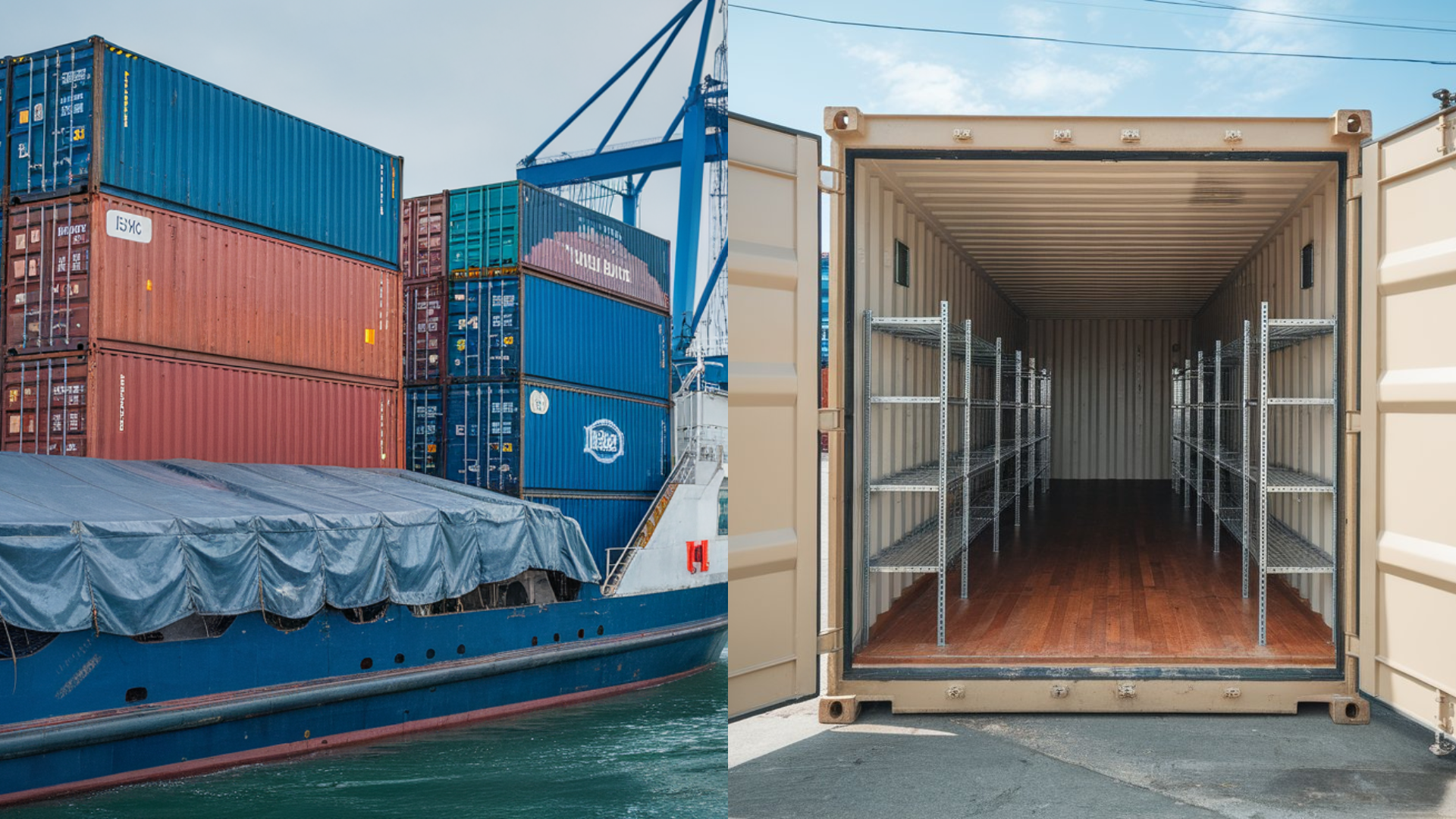
When I started comparing intermodal and conex containers, I noticed that while they look alike, their build and compliance can differ depending on how they’re used. Here’s what matters most:
1. Build and Materials
Both intermodal and conex containers are made from corten steel, which resists rust and withstands tough conditions.
They’re reinforced with corner castings for stacking, forklift pockets for moving, and weather-tight doors to protect cargo or storage items.
2. Ratings and Weight Limits
Every intermodalcontainer is built to meet ISO standards, which include key weight ratings:
- Tare weight: Empty container weight.
- Payload capacity: Maximum cargo weight.
- Max gross weight: Container plus cargo combined.
These ratings are vital for safe loading and transport across ships, trucks, and trains.
3. Compliance and Certification
Intermodalcontainers used for international shipping must have a valid CSC plate (Container Safety Convention), showing they’re inspected and safe for transport.
Conexcontainers sold mainly for storage may not always have this plate, especially if they’re retired from shipping. For export or intermodal use, always confirm the CSC certification is current.
Costs & Availability: Intermodal vs. Conex Containers
When I started comparing intermodal and conex containers, I noticed prices can vary a lot depending on size, condition, and location.
Intermodal Container (ISO Shipping Containers)
- New 20-foot: $2,400–$6,000; 40-foot high cube: $3,600–$8,000
- Used (Cargo Worthy): 20′: $1,300–$3,000; 40′: $1,500–$4,500
- Used (Wind & Watertight): 20′: $1,100–$1,600; 40′: similar or slightly higher
- Availability varies by region – coastal ports often have more supply and better prices
Conex Container (Often Used for Storage/Modified Use)
Base prices align with intermodal containers but vary more due to condition and modifications like insulation, doors, or HVAC. Custom versions can cost tens of thousands ($10k+)
Rental options: $50–$400 per month for standard 20′–40′ conex boxes; rent-to-own terms available.
Prices fluctuate with market demand – high demand or tight shipping markets raise availability costs, while surplus lowers them.
Comparison Table: Intermodal and Conex Containers
To make things simple, here’s a side-by-side comparison of their key differences:
| Feature | Intermodal Container | Conex Container |
|---|---|---|
| Purpose & Use | Built for global shipping across ships, rail, and trucks (ISO standards). | Commonly used for storage, job sites, or modified uses like offices and workshops. |
| Standards & Certs | Must carry valid CSC plate for export and intermodal compliance. | May lack active CSC plate if retired; suitable for storage but not always export-ready. |
| Sizes Available | ISO standard: 20′, 40′, 40HC, 45HC (stackable, uniform). | Same base sizes; also sold in 10′ units and marketed by condition or modifications. |
| Build & Materials | Corten steel, ISO-rated corner castings, weight ratings (tare, payload, gross). | Same materials; condition varies (wind & watertight, cargo-worthy, or modified). |
| Cost & Availability | New 20′: $2.4k–$6k; 40HC: $3.6k–$8k. Used 20′: $1.3k–$3k. Widely available at ports. | Similar base costs; rentals $50–$400/month; modified/custom units $10k+. |
| Best For | Export shipping, intermodal transport, and compliant global logistics. | Local storage, construction sites, modular builds, or short-term rentals. |
How to Pick the Right Container for Your Job?
When I looked into container options, I learned that the best choice depends on how you plan to use it.
Best Uses for an Intermodal Container
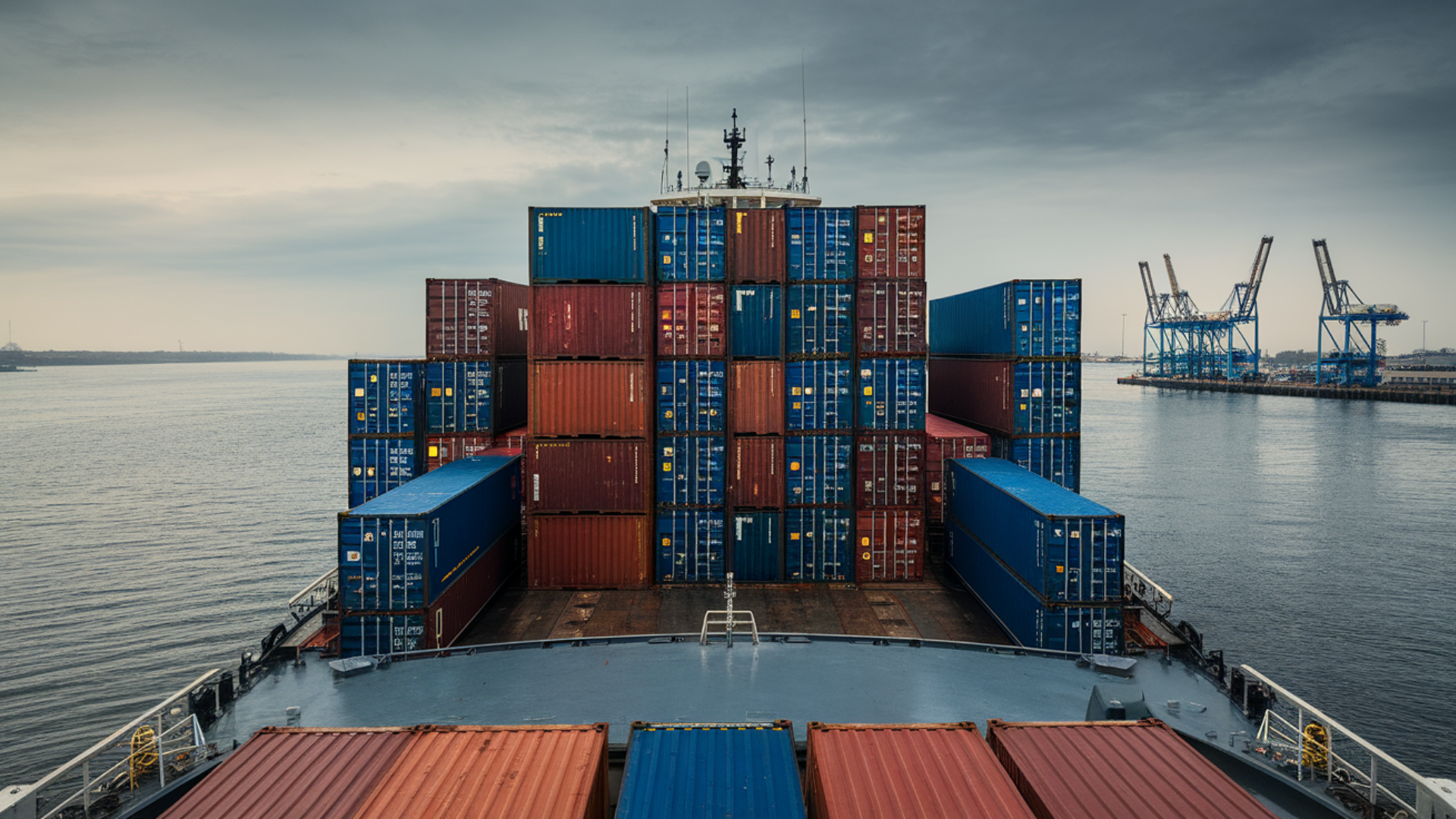
If your goal is international or intermodal shipping, an intermodal container is the right choice. These containers meet strict ISO standards, carry a valid CSC plate, and are built to move seamlessly between ships, trains, and trucks.
They’re ideal for:
- Exporting goods overseas.
- Shipping products across multiple transport modes.
- Long-term use in logistics where compliance and durability are critical.
Best Uses for a Conex Container
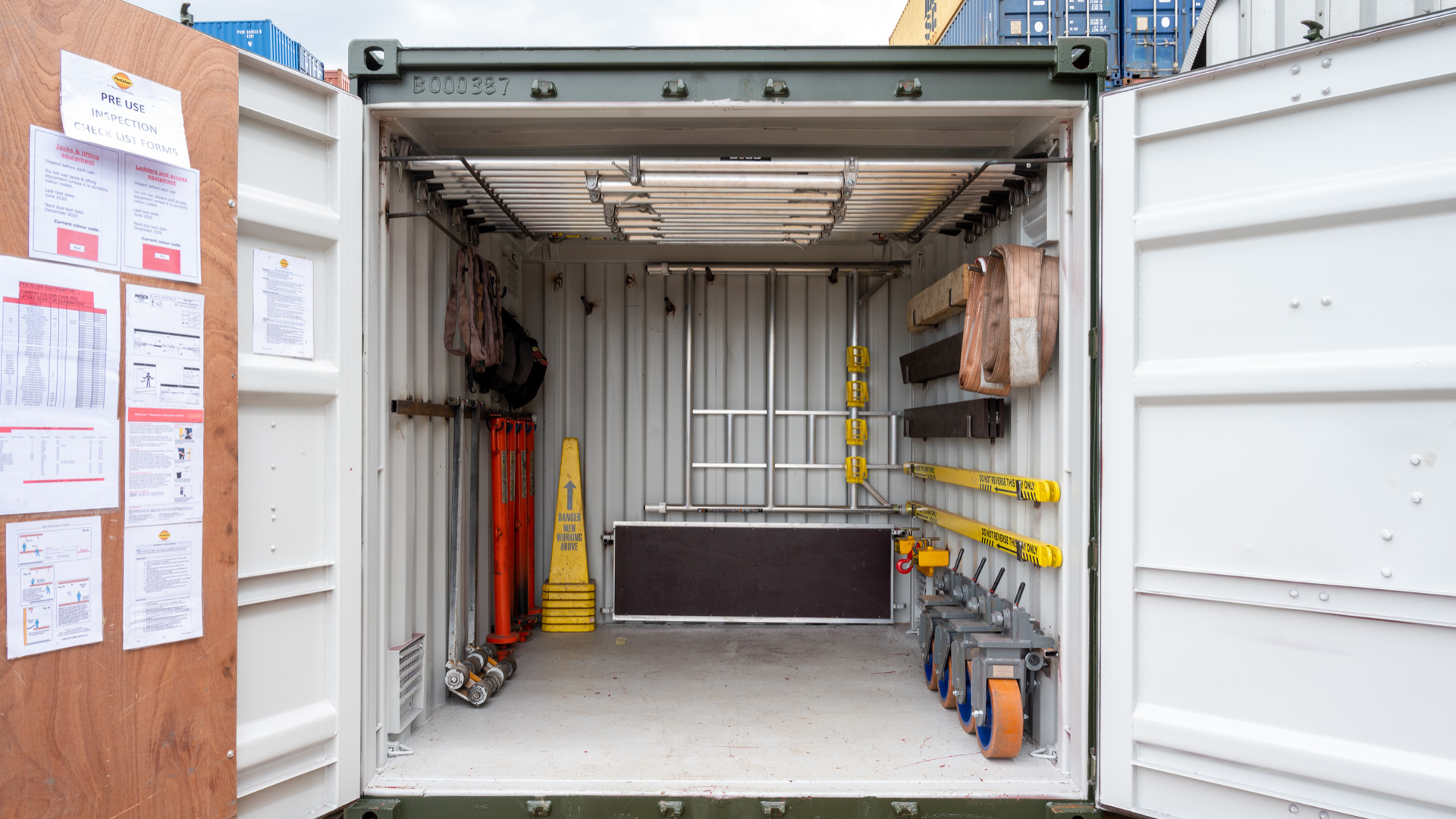
A conex container works best for storage and local projects. While it’s often the same type of steel box, it’s usually sold or rented for on-site use.
Conex boxes are perfect for:
- Construction site storage.
- Creating mobile offices or workshops.
- Secure storage for businesses or homes.
- Modified projects like kiosks or pop-up spaces.
Choosing between an intermodal and a conex container really comes down to purpose – shipping and compliance vs. storage and flexibility.
Conclusion
Intermodal and conex containers may look the same, but the way people use them makes a big difference.
Intermodal containers are built to meet international standards, making them perfect for shipping goods across ships, trains, and trucks.
Conex containers, on the other hand, are often used for storage, construction sites, or creative projects like offices and workshops.
Both are made from strong steel and offer security, but one is designed for global transport while the other is more about convenience and flexibility.
I’ve found that choosing the right container really depends on your needs – shipping goods worldwide or setting up reliable storage locally.
Either way, these containers remain some of the most useful tools in logistics and everyday projects.

